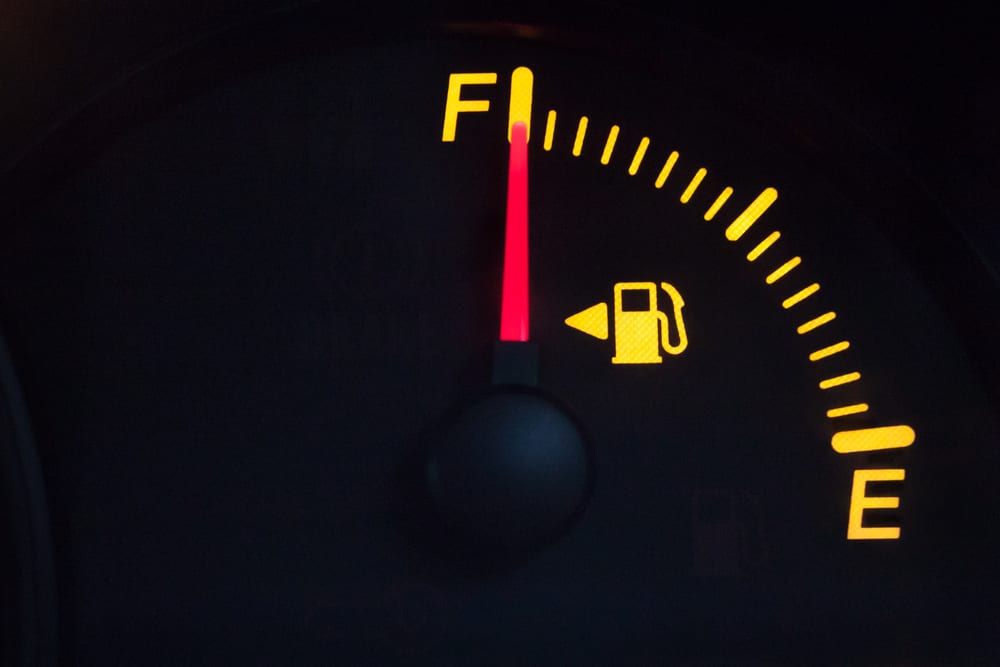

Anyone who has ever filled up a gas tank has experienced the tactile "clunk" the nozzle makes when the fuel tank is full. This sound comes from the nozzle right when the flow of fuel stops. Most people barely take notice, brushing it off as another little convenience that the world is full of. For those who wonder how the pump knows how much fuel is in the tank, the truth is inevitably much more simple (and ingenious) than they might think.
Why overfilling the gas tank is bad
Gasoline makes vapors that are hazardous to humans in a number of ways. The vapor hangs around and reduces air quality. On top of the fact that it makes breathing harder, fuel vapor is also highly volatile, and is responsible for many fires and explosions each year. In the past, gas caps vented the vapors into the air. This would be fine if humans didn’t insist on breathing so much; but since that’s not the case, a better solution was needed.
Enter: the fuel vapor canister. This neat little innovation is basically a can full of carbon (like an aquarium) that filters the vapors from the fuel tank and allows the gas to re-enter the fuel system, improving fuel efficiency, safety, and air quality all at once. This also regulates pressure in the tank.
What happens if there's too much fuel
The outlet through which the excess vapors leave the fuel tank is found in the filler neck. If too much fuel goes into the tank and fills it up along with the filler neck, then liquid gasoline will enter the canister. Since the canister is made to handle vapor only, this wreaks havoc on the carbon inside. Sometimes the entire canister has to be replaced after it is flooded.
To keep this from happening, there is a small tube running up the length of the nozzle that exits just below the main opening. This tube sucks in air. This allows the nozzle to get a good seal on the tank when inserted into the filler neck by removing the air displaced by the fuel entering the tank. This tube has a narrow section just a few millimeters long called a venturi valve. The narrow section slightly constricts flow and allows the sections of tube on either side of the valve to have different levels of pressure. As soon as gasoline reaches the inlet at the end of the nozzle, the vacuum caused by the higher-pressure air closes a valve and halts the flow of gasoline.
Unfortunately, some people try to get around this by pumping more gas into the tank after the valve shuts. They may even lift the nozzle further out of the filler neck to prevent the venturi valve from doing its job. This, best case scenario, adds a negligible amount of gas while causing a little bit to be sucked back into the nozzle with every clunk and, worst case scenario, causes fuel to spill out of the tank.
Avoid pumping more gas after the valve in the fuel pump nozzle shuts once. The tank is sufficiently full.



